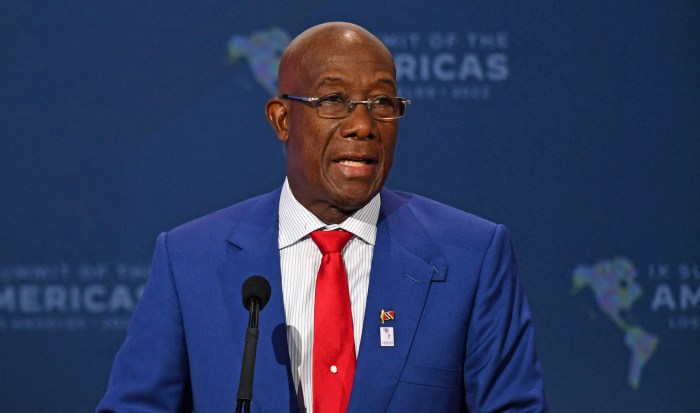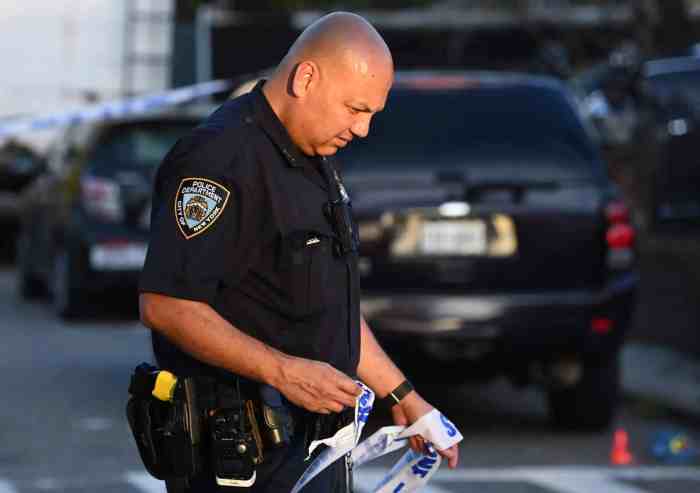SAN JUAN, Puerto Rico (AP) — Nearly two hours after meeting behind closed doors, the governing board of Puerto Rico’s power company emerged Thursday to briefly announce it was approving a plan to privatize electric generation in the U.S. territory.
No other details including the name of the company selected or how much it will be paid were provided as Puerto Ricans grow angry and exasperated with the secrecy surrounding the push to privatize the operation and maintenance of generation units.
The sole dissenting vote came from the board member that represents the public’s interest, Tomás Torres, who told The Associated Press that he saw no need for another multimillion contract with a private power company that would lead to yet another increase in people’s electric bills amid chronic outages.
He noted that the current generation units of the island’s Electric Power Authority have been recently maintained and will go offline this decade anyway because many are more than 50 years old.
“This contract is not necessary,” he said of the push to privatize the operation and maintenance of units that will eventually be replaced by renewable energy sources.
Critics like Torres also oppose the contract given the problems that arose after Puerto Rico’s power company privatized the transmission and distribution of electricity on the island nearly two years ago. He noted that the duration of power outages has since worsened, among other issues.
“Now we’re risking the same in generation,” he said.
By law, the power company’s board is not required to provide details about its meeting, nor a copy of the contract or the name of the company chosen. Board president Fernando Gil said only that the contract is for 10 years and can be revised in the fifth year.
The contract was previously approved by Puerto Rico’s Public-Private Partnerships Authority on Sunday in a unanimous vote, including by members who represent the public’s interest. It now goes to Gov. Pedro Pierluisi, who is expected to approve it.
Puerto Rico’s power grid has long been unstable given a lack of maintenance and investment, but it was crushed after Hurricane Maria hit the island as a Category 4 storm in 2017. Reconstruction efforts have just begun, with only emergency repairs made since the hurricane struck. The grid was further weakened when Hurricane Fiona, a Category 1 storm, barreled through the island’s southwest region in September, causing an island-wide blackout.


















